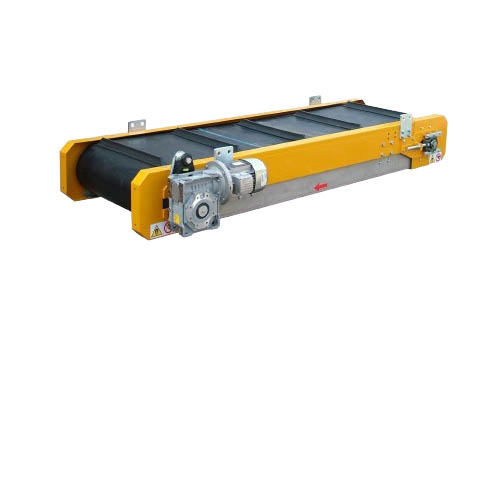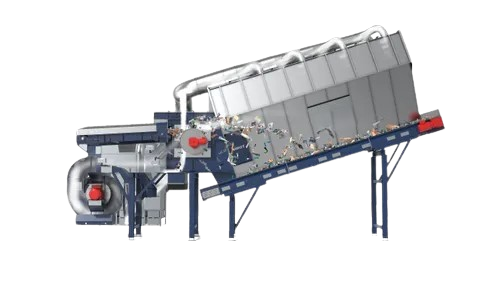A disk screen separator is a piece of equipment used primarily in industrial applications for sorting and separating materials based on size. It consists of a series of rotating discs or screens, each with specific openings that allow smaller particles to pass through while larger ones are carried over the top. The separation process relies on the physical properties of the materials, such as size and shape, to achieve the desired sorting.
Applications of Disk Screen Separators
- Recycling: Separating different types of recyclables, such as plastics, metals, and paper.
- Agriculture: Sorting grains and seeds by size.
- Mining: Separating ore based on size for further processing.
- Waste Management: Sorting municipal solid waste to remove valuable materials.
Advantages
- Efficiency: Capable of processing large volumes of material quickly.
- Accuracy: Provides precise separation based on particle size.
- Versatility: Can be used for a wide range of materials and applications.
- Low Maintenance: Generally requires less maintenance compared to other separation methods.
Key Components
- Rotating Discs: These are the primary components that provide the separation action.
- Screens: Positioned between the discs, they allow smaller particles to pass through while larger ones are carried over.
- Drive System: Powers the rotation of the discs.
- Feed Mechanism: Ensures a consistent supply of material to the separator.
Operation Principle
The material to be separated is fed onto the rotating discs. As the discs rotate, smaller particles fall through the gaps between the discs or through the screens, while larger particles are conveyed to the end of the separator for collection. The angle, speed, and size of the discs can be adjusted to optimize the separation process for different materials.


